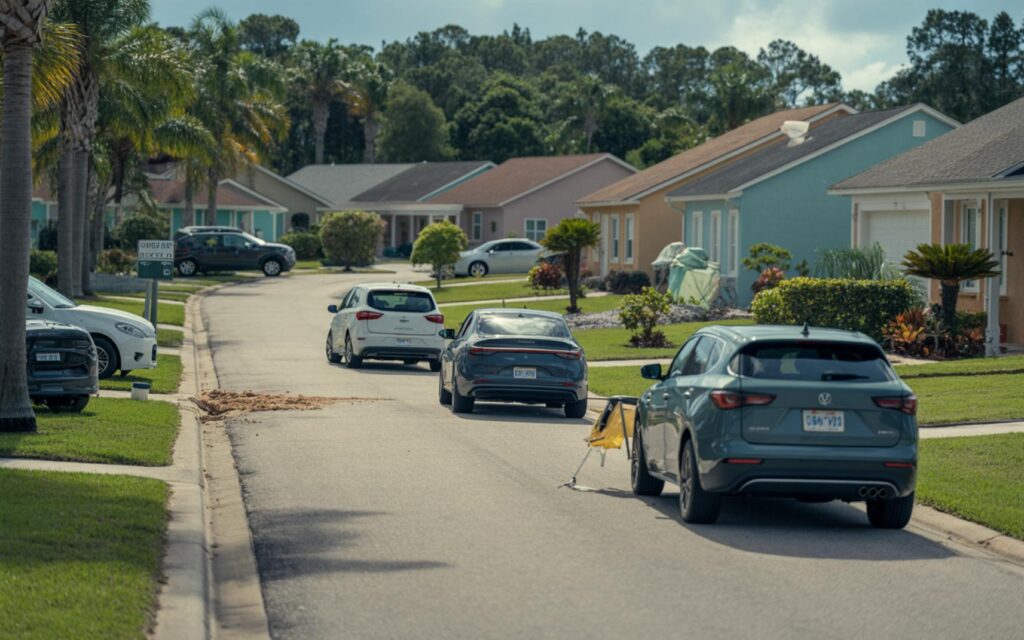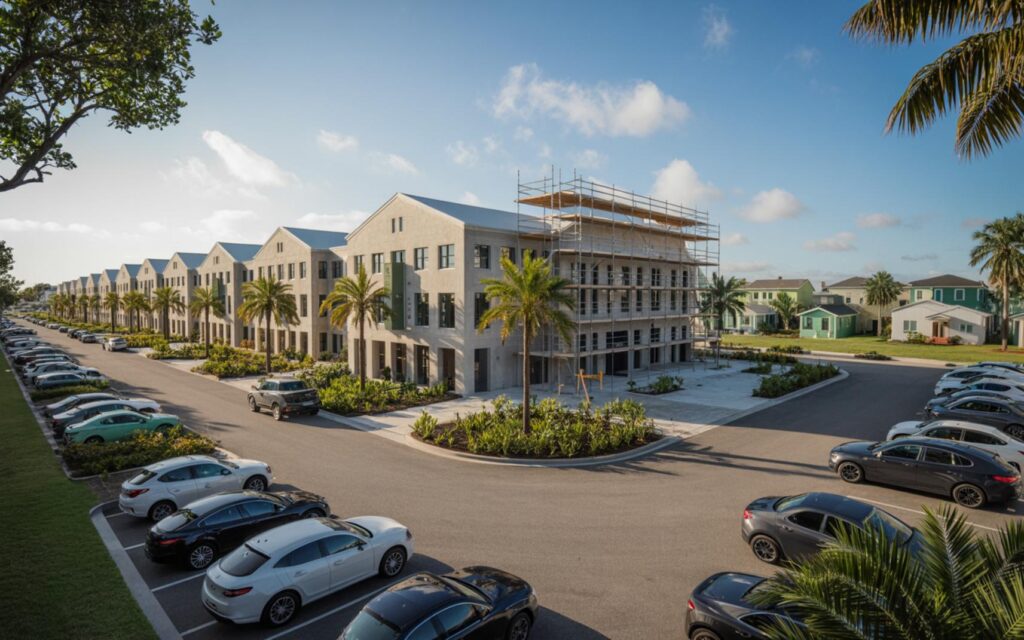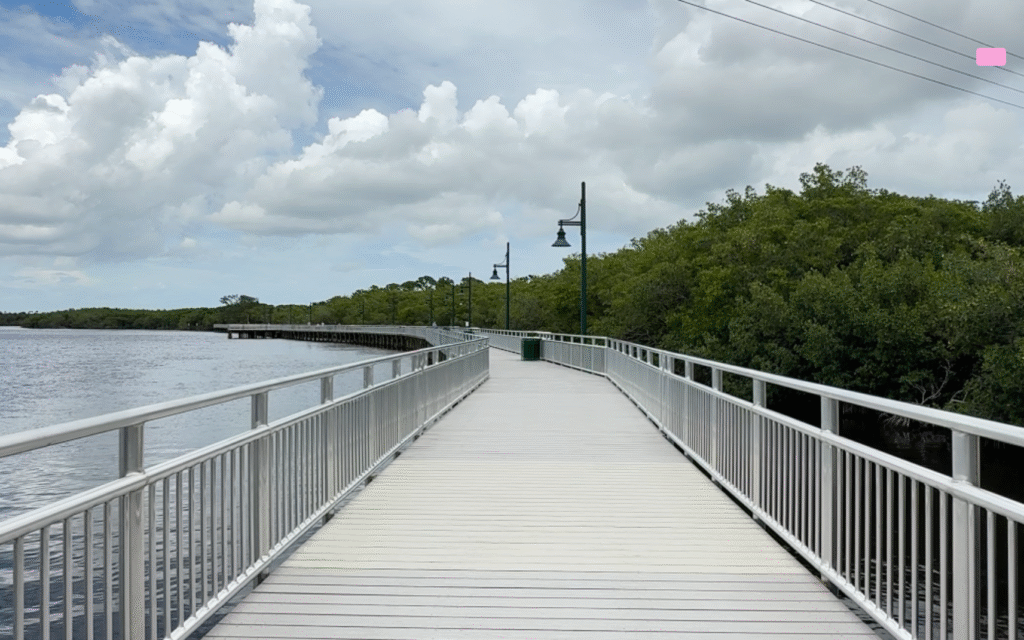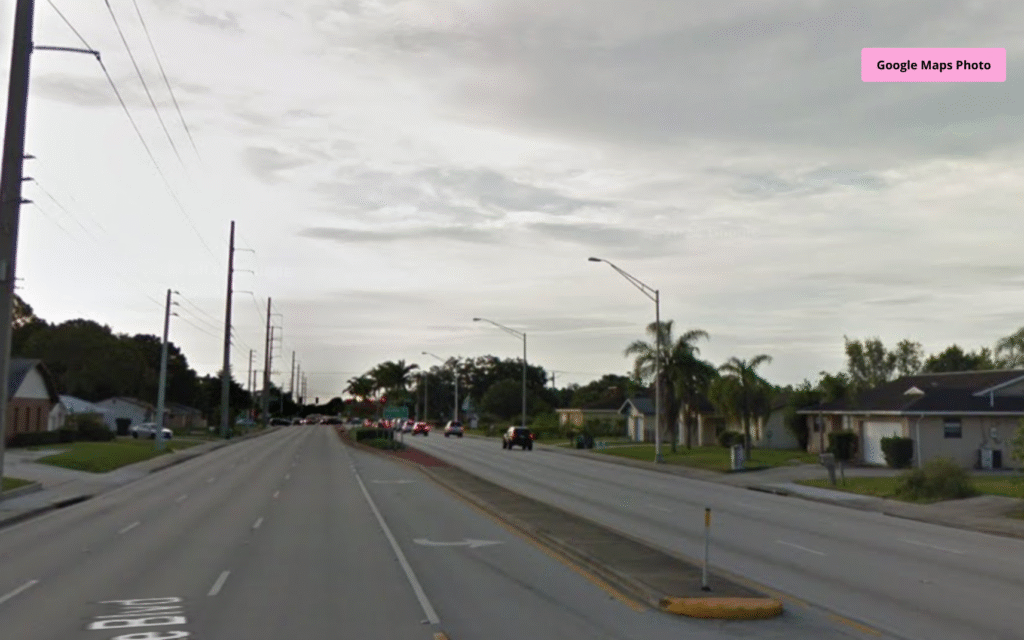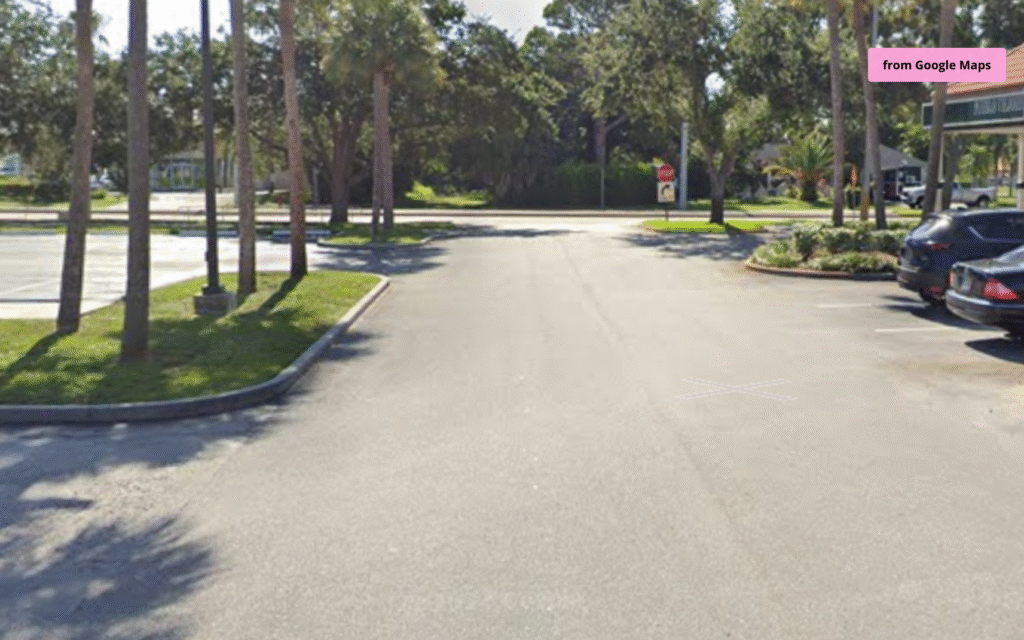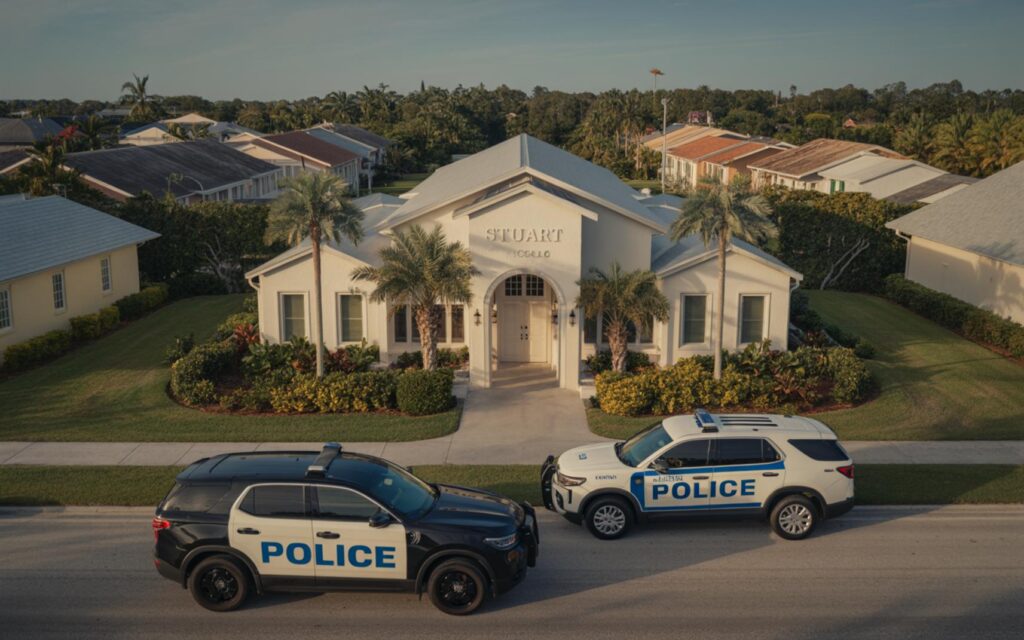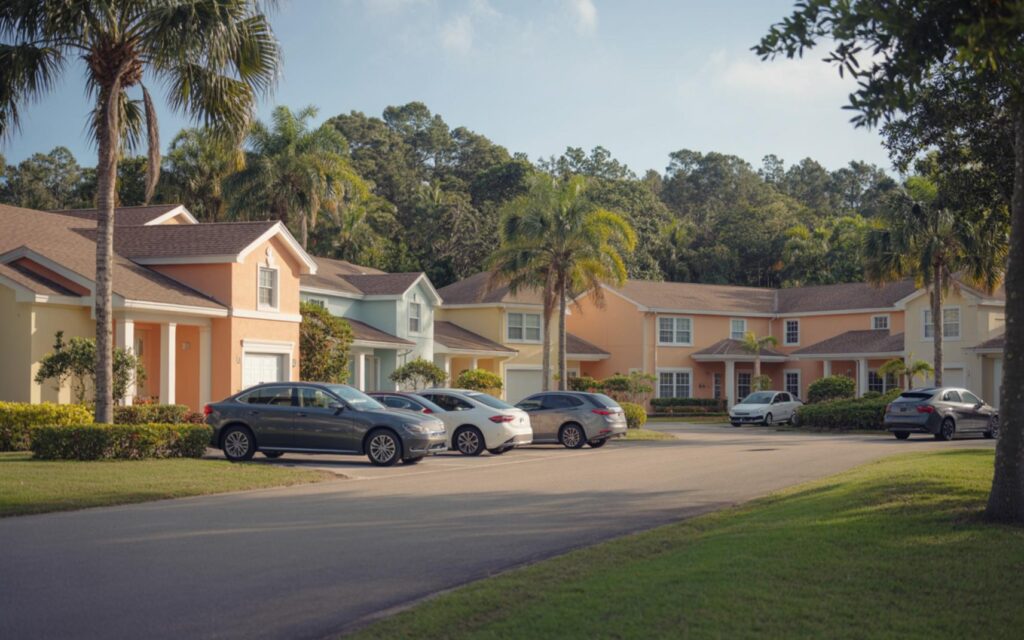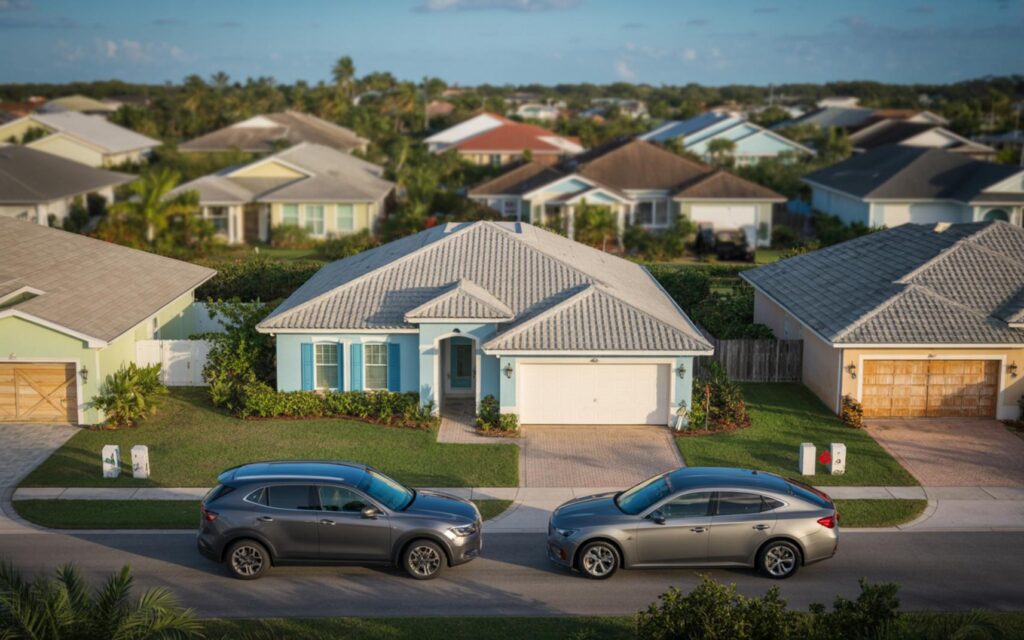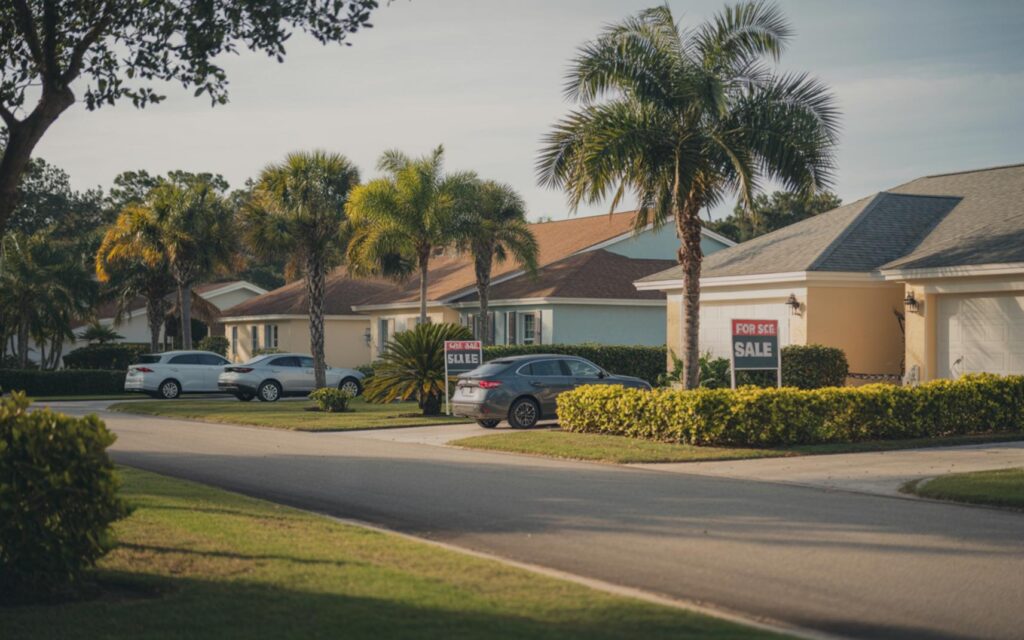Florida home insurance premiums have reached record highs, with many homeowners facing significant increases in costs and growing uncertainty about coverage options. The Florida home insurance market is experiencing rapid changes, affecting residents across the state and prompting concern among industry experts and officials.
Florida Home Insurance Premiums Reach New Highs
Recent data shows that Florida home insurance premiums now average between $5,376 and $11,759 per year, depending on the level of coverage and location. According to industry reports, rates have climbed by 34% since late 2022, and projections suggest average annual costs could surpass $15,000 by the end of 2025.
The state’s total direct premium written has increased to approximately $23 billion, marking a nearly 40% rise since 2022. This surge reflects both the growing number of claims and the escalating costs associated with providing coverage in Florida.
Rising Costs and Market Challenges
Several factors are contributing to the sharp increase in Florida home insurance premiums. Frequent and severe hurricanes have caused tens of billions of dollars in insured losses over the past decade. These natural disasters continue to put pressure on insurers and drive up costs for homeowners.
Reinsurance, which is insurance purchased by insurers to protect against large losses, has become significantly more expensive. Florida insurers now spend about twice as much on reinsurance as companies in other states. Rising construction and labor costs have also increased the replacement value of homes, further pushing premiums higher.
Litigation and Legal Environment
Florida’s legal environment is another major factor affecting home insurance rates. The state accounts for nearly 80% of all insurance-related lawsuits nationwide, despite representing only 9% of claims. This high rate of litigation has led to increased expenses for insurers, which are often passed on to policyholders through higher premiums.
Non-Renewals and Market Contraction
Non-renewal rates in Florida are the highest in the United States, with over 3% of homeowners dropped by their insurers. New policies written each quarter have fallen by 77% in recent years, reflecting a shrinking market and limited options for consumers.
Some homeowners in South Florida are now paying as much as $500 more per month for insurance, highlighting the financial strain on residents in high-risk areas.
Major Insurers Exit Florida Home Insurance Market
Several major insurers, including national brands, have either left the Florida market or stopped writing new policies. According to industry sources, these decisions are driven by unsustainable losses and ongoing litigation risks. The departure of these companies has further reduced competition and choice for Florida homeowners.
Citizens Property Insurance Corporation’s Expanding Role
Citizens Property Insurance Corporation, Florida’s state-backed insurer, has experienced rapid growth and now covers about 1.3 million policies. However, Citizens faces solvency concerns if a major catastrophe were to occur. The company has implemented rate changes for 2025, with increases up to 14% for primary residences and up to 50% for non-primary properties. Some policyholders in specific counties may see decreases, but most will face higher premiums.
Legislative Reforms and Ongoing Uncertainty
Florida lawmakers have passed reforms aimed at reducing lawsuit abuses and stabilizing the insurance market. These measures target the legal environment and seek to curb excessive litigation. However, the full impact of these reforms remains uncertain, and many homeowners have yet to see relief from rising premiums.
According to industry experts, the combination of climate risk, high litigation rates, and increasing costs for reinsurance and construction has created a challenging environment for both insurers and policyholders. Some experts warn that certain high-risk areas may become uninsurable or only insurable at extremely high costs.
Calls for Further Action
The instability of the Florida home insurance market has prompted calls for additional regulatory and industry changes. Stakeholders emphasize the need for effective solutions to ensure long-term viability and protect homeowners from further financial hardship.
Broader Impacts on Real Estate and Auto Insurance
The volatility in Florida’s home insurance market is affecting the real estate sector, with some buyers struggling to secure coverage for new homes. This challenge can delay or derail real estate transactions, adding another layer of complexity for residents and businesses.
Auto insurance rates in Florida are also on the rise. Similar factors—including weather-related claims, litigation, and inflation in repair costs—are contributing to higher premiums for vehicle owners across the state.
Staying Informed and Exploring Coverage Options
Given the ongoing challenges in the Florida home insurance market, it is increasingly important for homeowners to compare coverage options and stay updated on legislative developments. Monitoring changes in policy rates, understanding the impact of new laws, and seeking guidance from licensed insurance professionals can help residents make informed decisions.
Frequently Asked Questions About Florida Home Insurance Premiums
What is causing Florida home insurance premiums to increase?
Florida home insurance premiums are rising due to frequent hurricanes, high litigation rates, increased reinsurance costs, and higher construction expenses. These factors combine to make coverage more expensive for homeowners throughout the state.
How much do Florida home insurance premiums cost on average?
Average annual premiums for Florida homeowners now range from about $5,376 to $11,759, depending on the property and coverage. Some homeowners in high-risk areas pay even more.
Are there any options for homeowners dropped by their insurer?
Homeowners who lose coverage may be able to find a new policy with another private insurer or through Citizens Property Insurance Corporation, the state-backed insurer. Availability and cost can vary based on location and property risk.
Can you lower your Florida home insurance premiums?
Some homeowners may lower premiums by increasing deductibles, improving home safety features, or shopping around for different policies. However, options may be limited due to market conditions.
Where are Florida home insurance premiums highest?
Premiums tend to be highest in coastal and high-risk areas, such as South Florida, where exposure to hurricanes and litigation is greatest. Residents in these regions often face the steepest increases and most limited coverage options.

